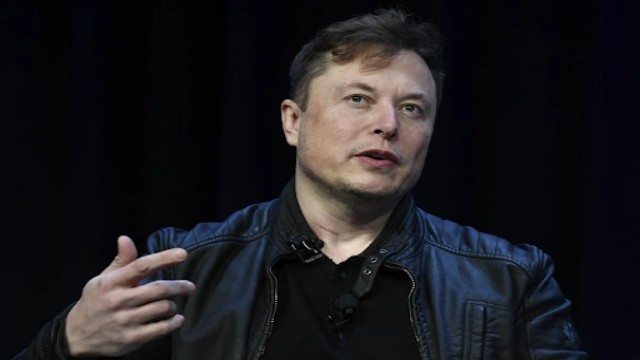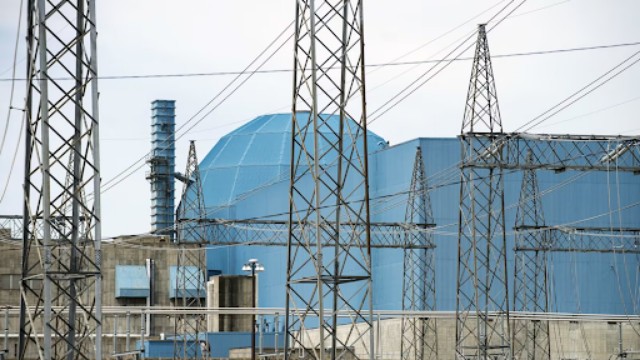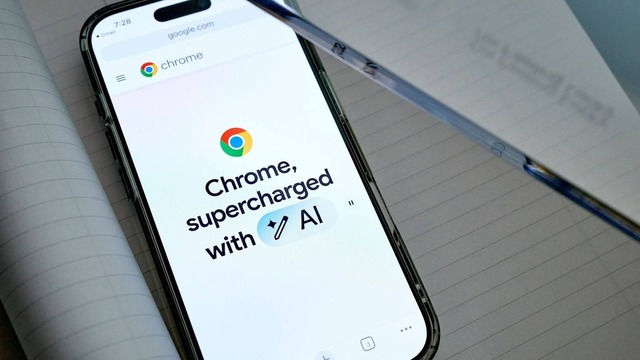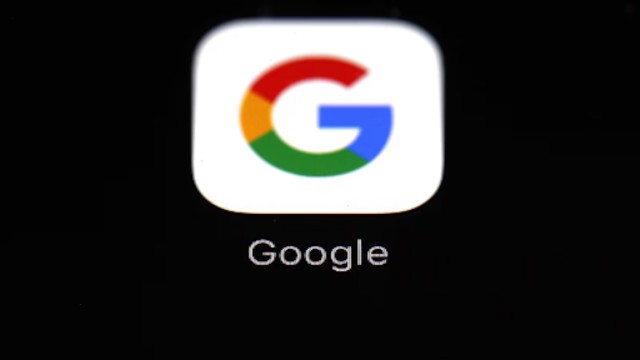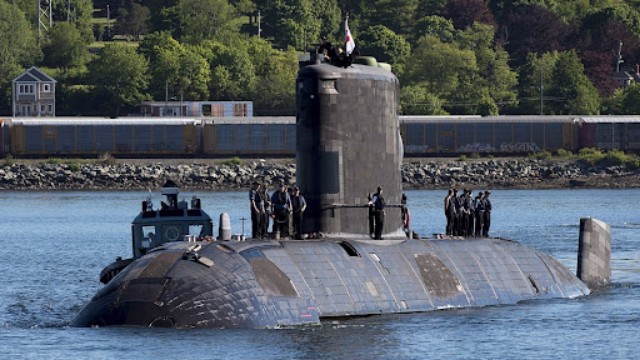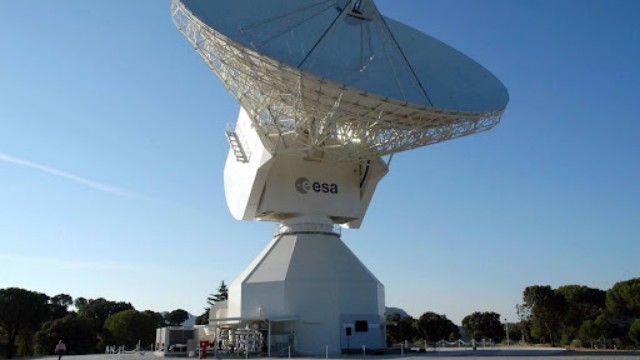
Amazon announced that it has received approval from the Federal Aviation Administration to operate its latest, smaller delivery drones. This approval also allows the drones to fly beyond the pilots' visual range. CNBC
Amazon announced on Tuesday that it received regulatory approval from the Federal Aviation Administration (FAA) to begin flying a new, smaller, and quieter version of its delivery drone. This latest approval marks a significant step forward in the company’s efforts to establish its futuristic drone delivery service.
The newly unveiled drone, named the MK30, was first introduced in November 2022. At the time, Amazon highlighted that the MK30 would have key advancements, including the ability to fly in light rain and travel twice the distance of previous models. These improvements are seen as critical for expanding the reach and reliability of Amazon’s drone deliveries.
One of the key elements of the FAA’s recent approval is the ability for Amazon to fly the MK30 over longer distances and beyond the visual line of sight of the drone pilots. This is a major development in the world of drone delivery, as regulations typically require pilots to have the drone within their visual range. In May, the FAA granted a similar waiver to Amazon for flights in College Station, Texas, where Amazon has been testing its Prime Air program. However, the recent approval expands these capabilities to new locations.
Along with this regulatory win, Amazon also announced it would begin drone deliveries in the Phoenix, Arizona area, starting Tuesday. The company has been preparing to launch drone operations in Tolleson, a city located just west of Phoenix. This follows the shutdown of a previous test site in Lockeford, California. By launching deliveries near one of its major warehouses in Tolleson, Amazon aims to more fully integrate drone deliveries into its existing logistics network. The goal is to enhance the speed and efficiency of deliveries, further revolutionizing the e-commerce experience for customers.
The FAA granted Amazon permission to conduct beyond visual line of sight deliveries in Tolleson on October 31. This is a pivotal step for Amazon’s drone delivery ambitions, bringing the company closer to making the service a widespread reality.
Amazon’s founder, Jeff Bezos, first announced plans for drone deliveries more than a decade ago, famously stating that the program could be operational within five years. However, despite billions of dollars in investments, the program’s progress has been slower than expected. Various regulatory challenges, missed deadlines, and even layoffs have slowed the momentum. Last year, Prime Air faced significant cuts as part of CEO Andy Jassy’s broader cost-cutting measures. Additionally, the program lost some key executives, including its primary liaison with the FAA and its original founding leader. To revitalize the program, Amazon brought in David Carbon, a former Boeing executive, to take charge.
Another challenge Amazon has faced is resistance from some residents in areas where drone deliveries are being tested. For example, residents in College Station, Texas, raised concerns about the noise generated by the drones, prompting the city’s mayor to bring the issue to the attention of the FAA. Amazon responded by assuring residents that it would relocate the drone delivery site by October 2025.
Amazon is not the only company pursuing drone deliveries. It faces stiff competition from other major players, including Wing (owned by Google’s parent company, Alphabet), UPS, Walmart, and a range of startups such as Zipline and Matternet. All of these companies are racing to refine their drone delivery services and be at the forefront of this emerging technology.


